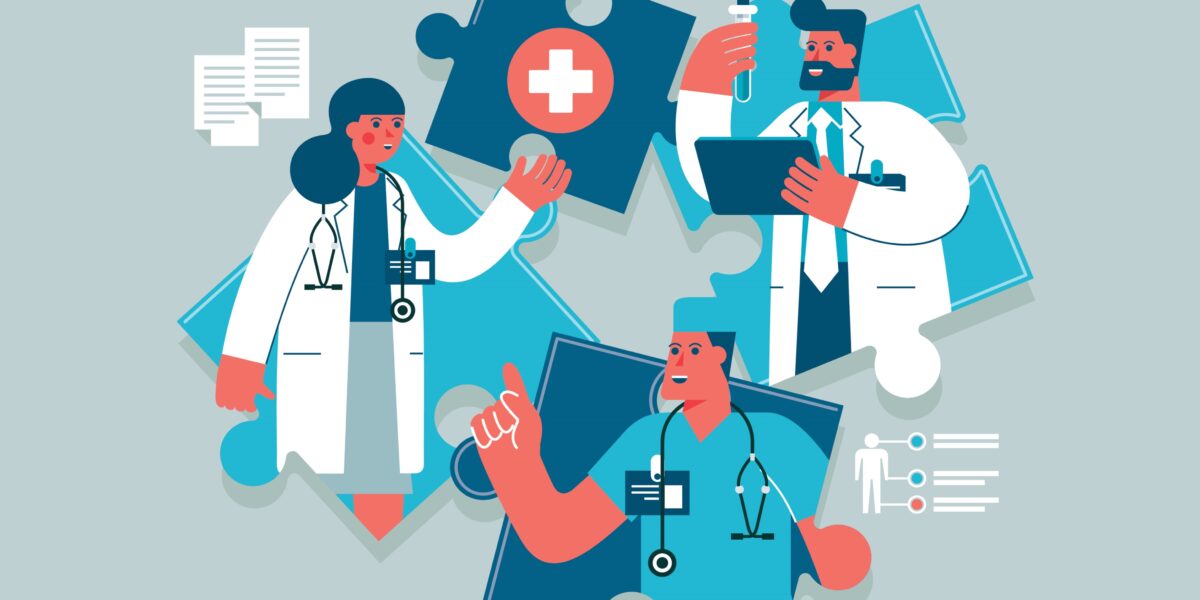Login
Antibiotic Use
Common Cold
Antibiotics and the common cold
Antibiotics and the Common Cold
Common colds are caused by viruses. Antibiotics won’t help you feel better because antibiotics kill bacteria, not viruses. Using antibiotics when they are not needed could cause more harm, including side effects, allergic reactions, and antibiotic resistance.
The common cold is a viral infection of the nose and throat. More than 200 types of viruses cause colds, but the most common is the rhinovirus. On average, adults get two to three colds each year, and colds are the most frequent reason why children miss school.
Colds can quickly spread from one person to another. These viruses are spread by skin-to-skin contact, kissing, sharing drinks, and touching contaminated surfaces. The virus also spreads when an infected person sneezes or coughs, putting the virus in the air.
Prevention practices can help you to avoid catching a cold. But if you do feel sick, you will typically start to get better within about a week, whether you take antibiotics or not. Symptoms may last for up to two weeks.
Sometimes a person may develop a bacterial infection such as pneumonia, that starts out feeling like the common cold. If you develop a high fever (temperature over 103 °F or 39.4 °C) or difficulty breathing, seek additional care to determine if there is a more severe infection.
Symptoms of the Common Cold
Risk Factors for Common Cold
Feeling Better
Colds generally get better on their own. Your doctor or pharmacist can recommend over-the-counter medicines for your symptoms. Use the medicine as directed and follow the age guidelines.
Many over-the-counter cold/flu remedy products contain multiple medicines, often including Tylenol (acetaminophen). Be aware of the acetaminophen amount in each product, making sure to not exceed the recommended daily dose (3 grams or 3000 mg per day for adults).
Many over-the-counter products are not recommended for children under a certain age. Ask your child’s doctor or pharmacist for recommendations.
Prevention
Useful Links
CDC: Preventing and Treating the Common Cold (PDF)
Choosing Wisely: Colds, flu, and other respiratory illnesses in adults (PDF)
Choosing Wisely: Antibiotics for a sore throat, cough, or runny nose (PDF)

